Is Pan Bagnat the sandwich of summer? I think so. If you’ve been hanging out with me for a while now, you know I don’t mind poking a stick at sticklers for tradition. I’m not against traditions, but it’s amusing how steadfast some people are about them, while others aren’t.
When people add Chicken to Caesar Salad, it doesn’t bother me—many versions in Paris now add fried chicken, and while I love fried chicken, that’s pushing things a bit—and some contain exactly none of the right ingredients. I do draw the line at the canned corn used in many cafés, and while I do like rice, I don’t think it has a place in a Salade Niçoise.
But no one wants to eat with the authenticity police peering over their shoulder. I certainly don’t…
I’ve had my hand slapped over a Panzanella made with cubes of bread. I revised the recipe on my post when I was going through a period of remaking and rephotographing recipes, and bowed to purists to change it. But many versions you find nowadays are cubes of bread, even in Italy. (Which I’ll admit, I think I prefer as well.) Food changes and evolves, and as legendary pastry chef Gaston Lenôtre said: You can change anything, as long as you make it better.
However, my fascination with the true Salade Niçoise was rekindled the other day when I was reading Rosa Jackson’s Les Petits Farcis newsletter and she linked to an article in the Nice-Matin newspaper, showing the worst massacres (les pires massacres) of Salade Niçoise. There were some real doozies there and with apologies to Chef Lenôtre, many didn’t look like improvements.
As shown above, traditionally the salad has no cooked vegetables, no grilled tuna, no potatoes, and no green beans. Some say that the original salad from Nice may have just been tomato slices drizzled with olive oil, and nowadays the current “authentic” version contains mostly raw vegetables, although I didn’t know about the celery. I unburied my copy of Cuisine Niçoise by Jacques Médecin, the controversial ex-mayor of Nice*. His recipe, reprinted here, in French, has no celery in it. But Mireille Johnston, who was born in Nice and wrote the cookbook (in 1976) Cuisine of the Sun: Classic French Cooking from Nice and Provence does add strips of raw fennel to the Niçoise Salad in her book.
(At this point, someone usually points out the recipe for Salade Niçoise in Larousse Gastronomique. There’s been a longstanding culinary kerfuffle over his recipe, which includes potatoes, capers, and cooked green beans. When someone pointed out the Larousse version to me, again, Rosa Jackson chimed in, “The Larousse Gastronomique is definitely on the Nice blacklist.”)
Pan Bagnat (aka Pan Bagna) is the sandwich version of the Salade Niçoise and because it’s France, of course there’s an organization to defend it, called the Commune Libre du Pan Bagnat with its own website, and it lists the ingredients on a virtual scroll (below), noting just a few “tolerated” exceptions, such as you can use onions if cébettes, or green onions, can’t be found.
Tomatoes may be sliced or quartered. But in case you’re thinking about getting creative, at the end you’re warned, “In no case can any other ingredient be added to the authentic Pan Bagnat,” signing off with a red-ribboned seal of authenticity.
Pan Bagnat, in general terms, is a Salade Niçoise on a roll. Like his free-wheeling style as the mayor of Nice, in his book Cuisine Niçoise, Médecin took the easy route, and his recipe just says to split a round of bread, season both halves with olive oil and vinegar, and stuff the insides with a Salade Niçoise.
In the headnote to her Salade Niçoise recipe, despite the generally friendly tone of her book, Mireille Johnston stands firm: “…there is only one classic salade nicoise, and the ingredients are listed below,” which include fennel, lima beans, and chapons, stale bread rubbed with garlic, none of which Médecin mentioned. Or even Larousse, for that matter.
Unlike Médecin, Johnston was writing for an American audience, who generally demand a bit more exactitude in recipes (but interestingly, won’t go so far as to move to the metric system), and calls for “1 tablespoon tuna” in each Pan Bagna sandwich. (She spells Bagnat without a “t” on the end, which is an alternative spelling.) Frankly, I have no idea how you measure a tablespoon of tuna. She also calls for “half an onion” per sandwich, which for most Americans means an almost baseball-size yellow onion.
She does offer up fresh mint as a swap out for basil, but perhaps because when she moved to America, mint was easier to find back then, which is also why she likely went with lima beans rather than favas, although, I’ve never seen a fresh lima bean in France or in the U.S.
So, depending on who you ask (except Larousse, if you’re from Nice), there’s obviously some room for interpretation. And like people who think you have to hunt down the “authentic” fish for Bouillabaisse, it’s in the spirit of the dish to use leftover fish scraps, rather than importing rascasse and conger eel from France to Chicago or New Zealand. I wasn’t there, but the fishermen who invented Bouillabaisse would be surprised at the €57 or €370 per person it now commands at restaurants in Marseille. So there’s that, too.
Fortunately, most of the ingredients to make Pan Bagnat are easy (and inexpensive) to get in the summer, namely tomatoes, onions, cucumbers, radishes, and eggs, as well as canned tuna and anchovies. Fava beans might prove difficult to find, and I’ll admit to taking a detour into treacherous territory and using frozen ones.
Because this sandwich is Niçoise, it’s important not to be stingy with the olive oil. It’s added lavishly, and if you have one that’s particularly fruity, use that. Romain, who’s Parisian**, even drizzled some on the finished sandwich after we sliced them in half. I’ll have to admit, while not authentic, it was very good. So use your own judgment. After all…it’s your sandwich.
Pan Bagnat
Two sandwiches (or Three)
You don’t need to precisely measure cucumbers or weigh olives. Below are guidelines for making a Niçoise Salad mixture, which gets stuffed in the olive oil–soaked bread. Because bagnat (or bagna) means “soaked,” don’t be stingy with the olive oil. As Mireille Johnston says, “This is one sandwich that tastes best soggy.”
(Most recipes call for fresh peppers, which I don’t love, so I left them out.)
The rolls I used were simply called “buns” in Paris, sold for hamburgers at my local bakery. Buttery brioche may be too fussy, but ciabatta makes a good substitute. Some recipes allow for crusty bread or baguette. So it’s your choice. This amount of filling will probably fill a standard baguette. Depending on the size of your round rolls, you may get a third sandwich out of this. But be sure to really pack the ingredients into the sandwich before adding the top part of the bun. In the U.S., Kaiser rolls would work although if you live near a good bakery that makes hamburger buns, those would work too. (Store-bought hamburger buns are quite moist and may fall apart.)
And while I know many of us aren’t big fans of plastic wrap, this is the place to use it, for wrapping the sandwiches, although if you have an eco-friendlier alternative, feel free to use it.
Two large, round bread rolls
1 large clove of garlic, peeled and cut in half
6 radishes, thinly sliced
1 medium tomato, sliced
2 spring onions or sliced green onions (~35g), or one-quarter of a red onion, thinly sliced
Optional: 3–4 tablespoons (~40g) peeled raw fava beans (or a few small raw artichoke hearts, thinly sliced)
8 cucumber slices, peeled and deseeded if the cucumbers are large and the seeds are watery
2 hard-cooked eggs (see note at end of recipe), peeled and sliced
2 1/2 (75g) ounces flaked canned tuna
Optional: 6 good-quality anchovy filets, whole or chopped
25 Niçoise olives, pitted, or 12–14 larger oil-cured olives, very coarsely chopped
20 small basil leaves, unchopped (if using larger ones, tear rather than slice them, so they don’t turn dark)
4 tablespoons fruity extra-virgin olive oil for drizzling over the rolls, plus 3 tablespoons olive oil for the dressing
2 tablespoons red wine vinegar
Salt and freshly ground black pepper
Slice the rolls in half. Scoop out some of the insides and drizzle the inside of each half of each roll with 1 tablespoon of olive oil. (So each roll is seasoned with 2 tablespoons of oil.) Rub each half with the garlic clove. Sprinkle a little salt over the olive oil and set aside. Finely chop the clove of garlic.
In a medium bowl, place the minced garlic, radishes, tomato, onions, fava beans or artichokes (if using), cucumbers, eggs, tuna, anchovies (if using, but please do…), olives, and fresh basil leaves. Toss gently. Drizzle the remaining 3 tablespoons olive oil and vinegar over the ingredients, season with salt and black pepper, and toss gently so everything is coated with the dressing and evenly mixed. Taste, and add additional salt, olive oil, or vinegar if desired.
Place two sheets of plastic wrap, large enough to enclose the filled sandwiches, on the counter. Spoon and heap as much of the filling as you can onto the bottom of the roll. Really heap it on and don’t worry if it’s kinda messy looking. Top with the other half of the roll, press down gently, then place on one sheet of plastic wrap, press down firmly, and securely wrap the sandwich. Fill and wrap the second roll the same way. (Depending on the size of your rolls, if you have extra filling you can enjoy it for lunch, or make another sandwich.)
Place the sandwiches in the refrigerator and top them with a plate with something heavy on top. Let rest for at least 1 hour, or preferably overnight.
Note: To cook hard-boiled eggs, slide room-temperature eggs into a small saucepan of barely boiling water. Let them simmer 8 to 9 minutes (8 minutes if they’re on the smaller side), then drain and fill the saucepan with ice and water to cool them quickly.
*Jacques Médecin was the mayor of Nice for 24 years. He was accused of diverting public funds (among other things) and abruptly fled to Uruguay to avoid corruption charges. His NYT obituary, which makes for colorful reading, is here.
**Fun fact: A distant relative of Romain’s wrote the first Provençal-to-French language dictionary…in 1723!

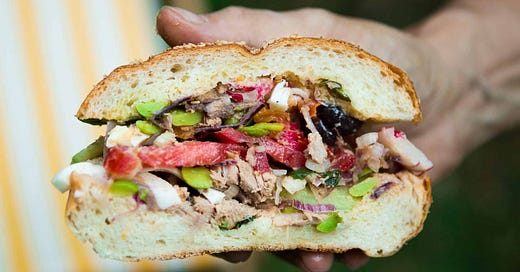




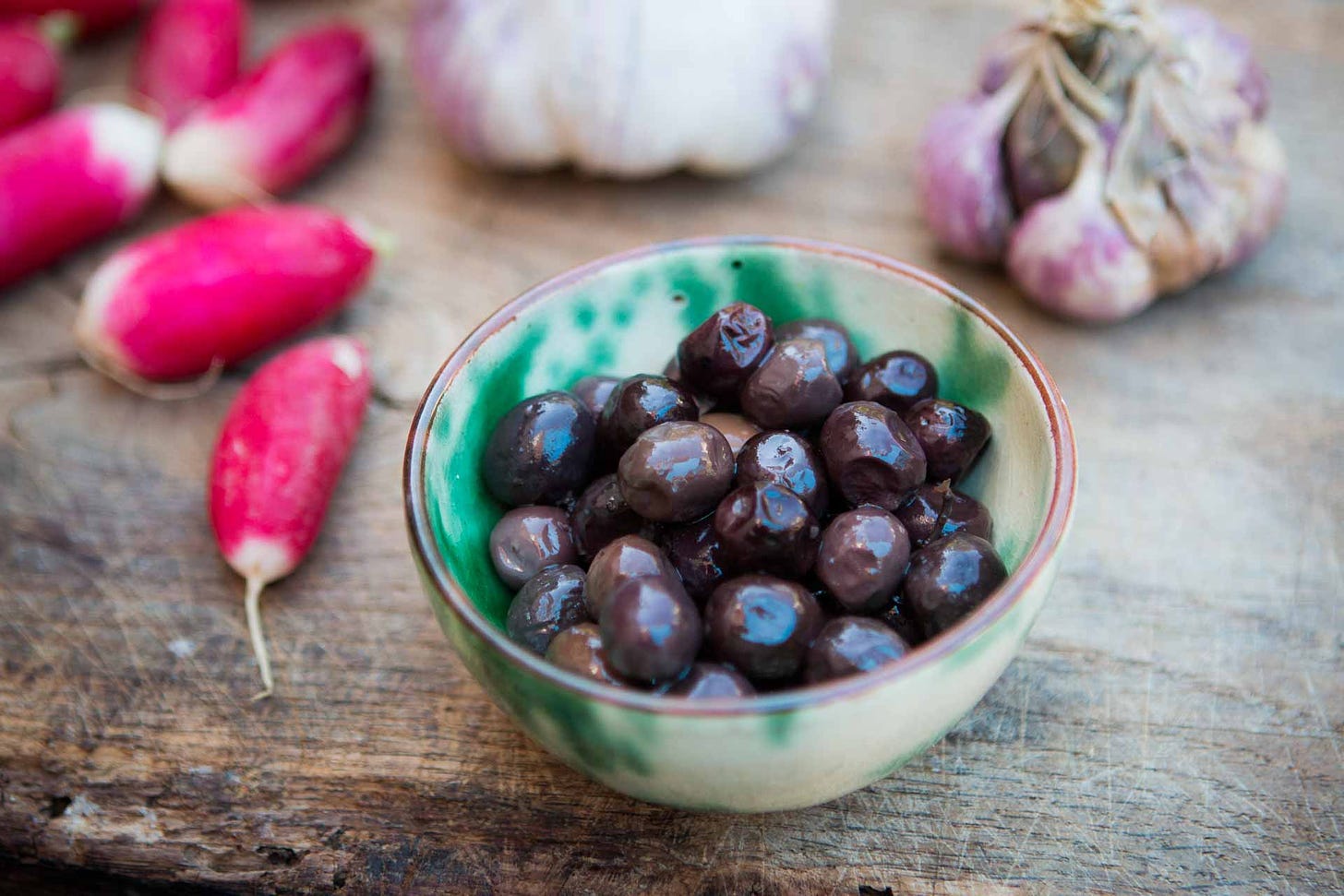

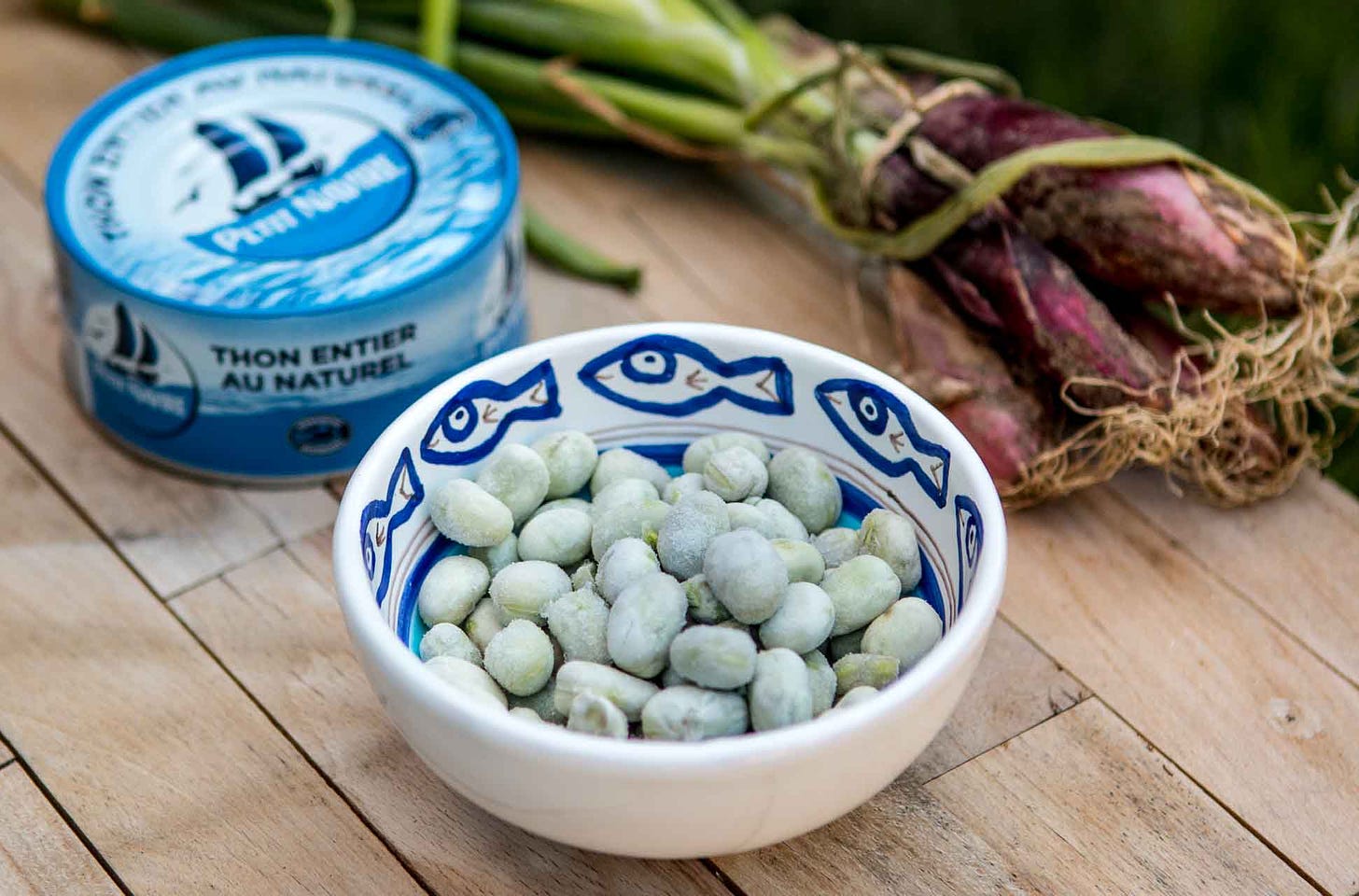
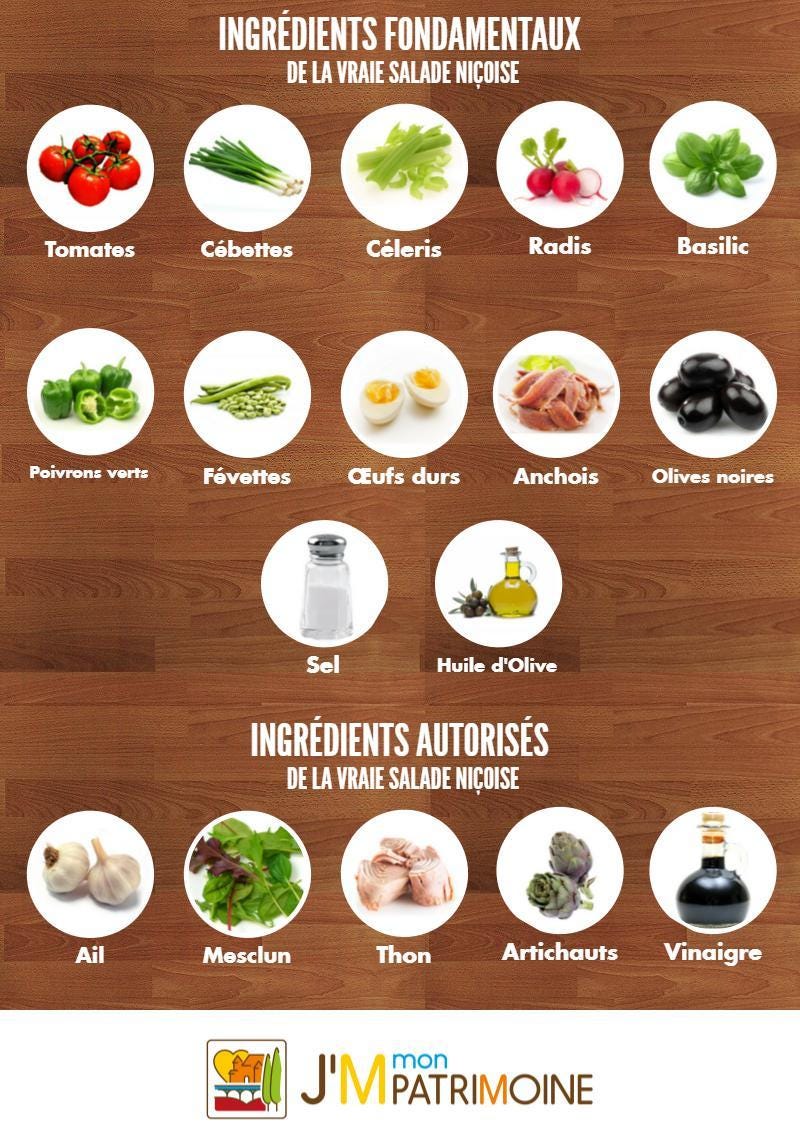

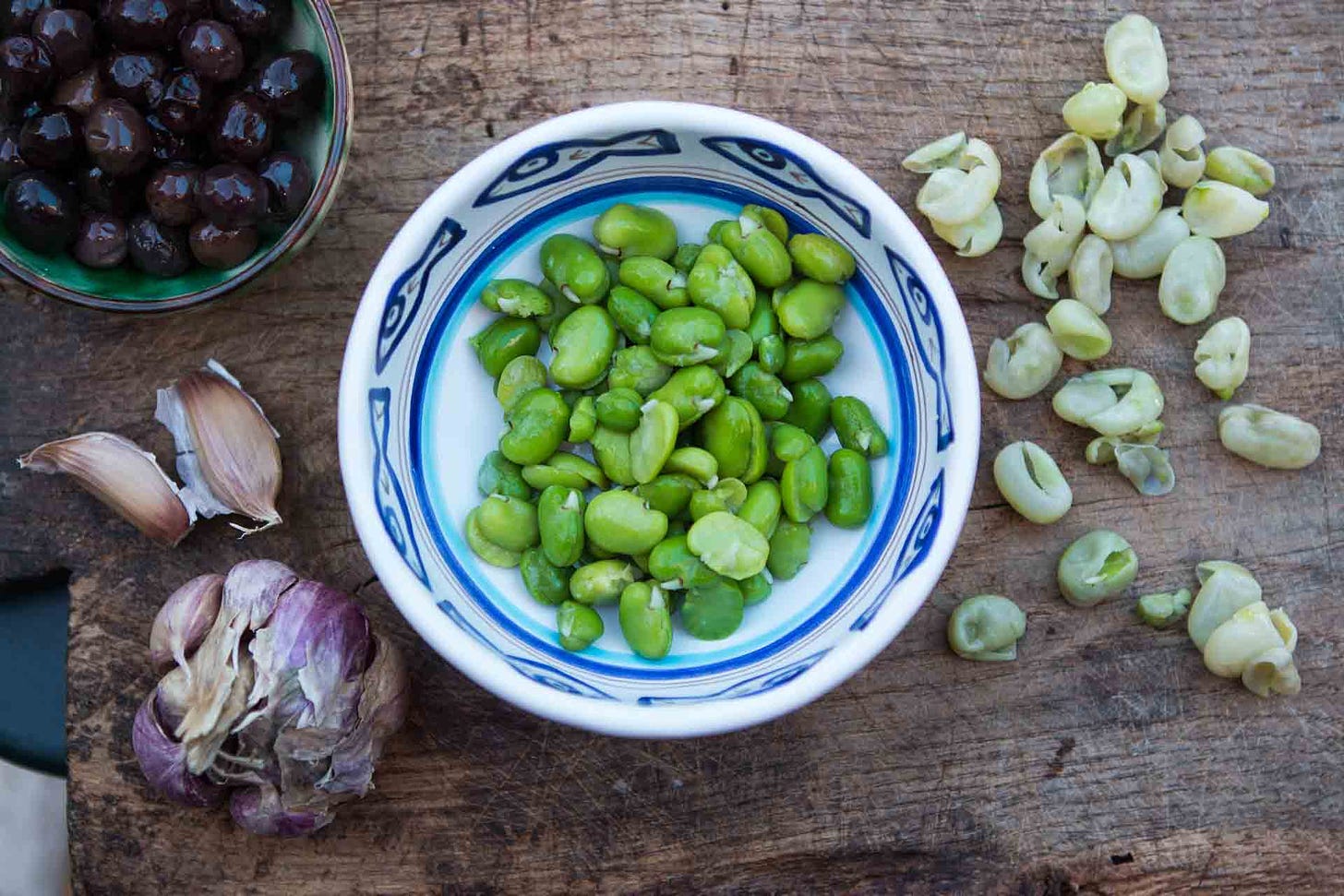


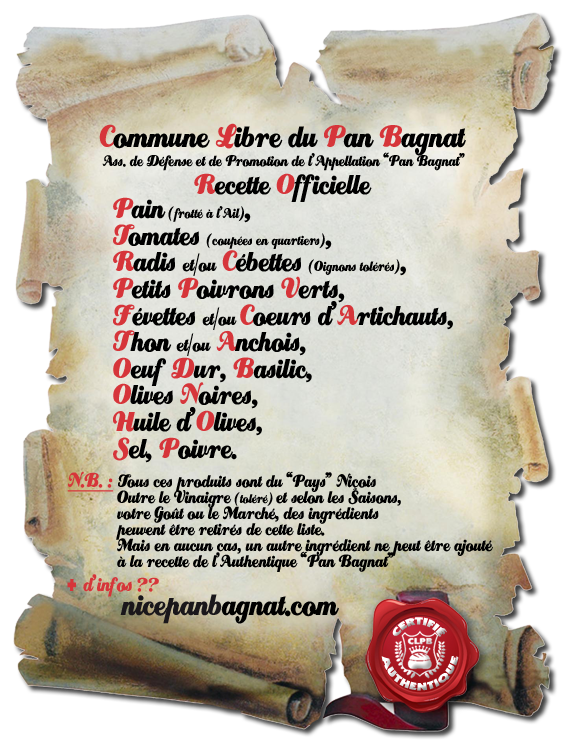
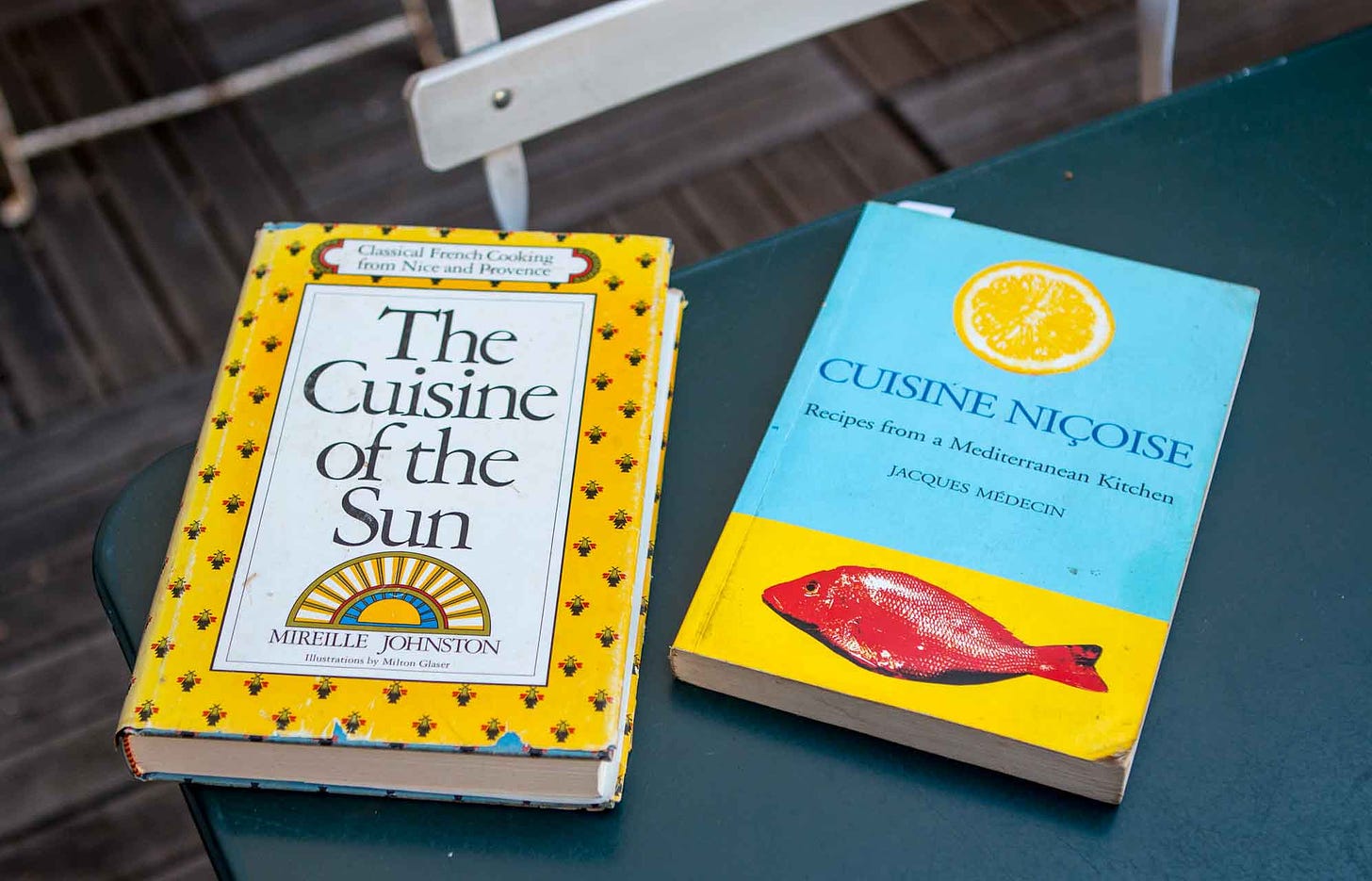
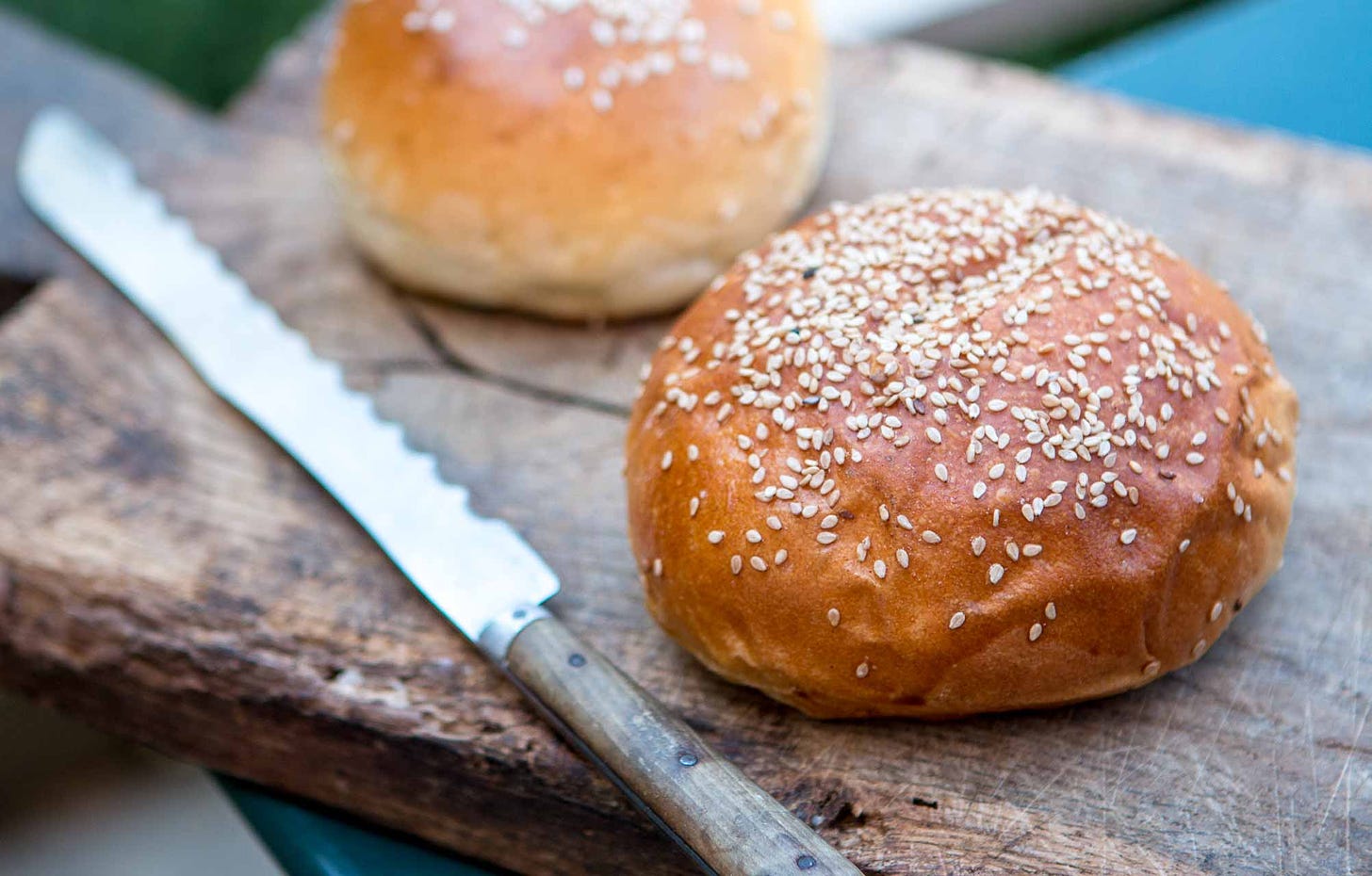

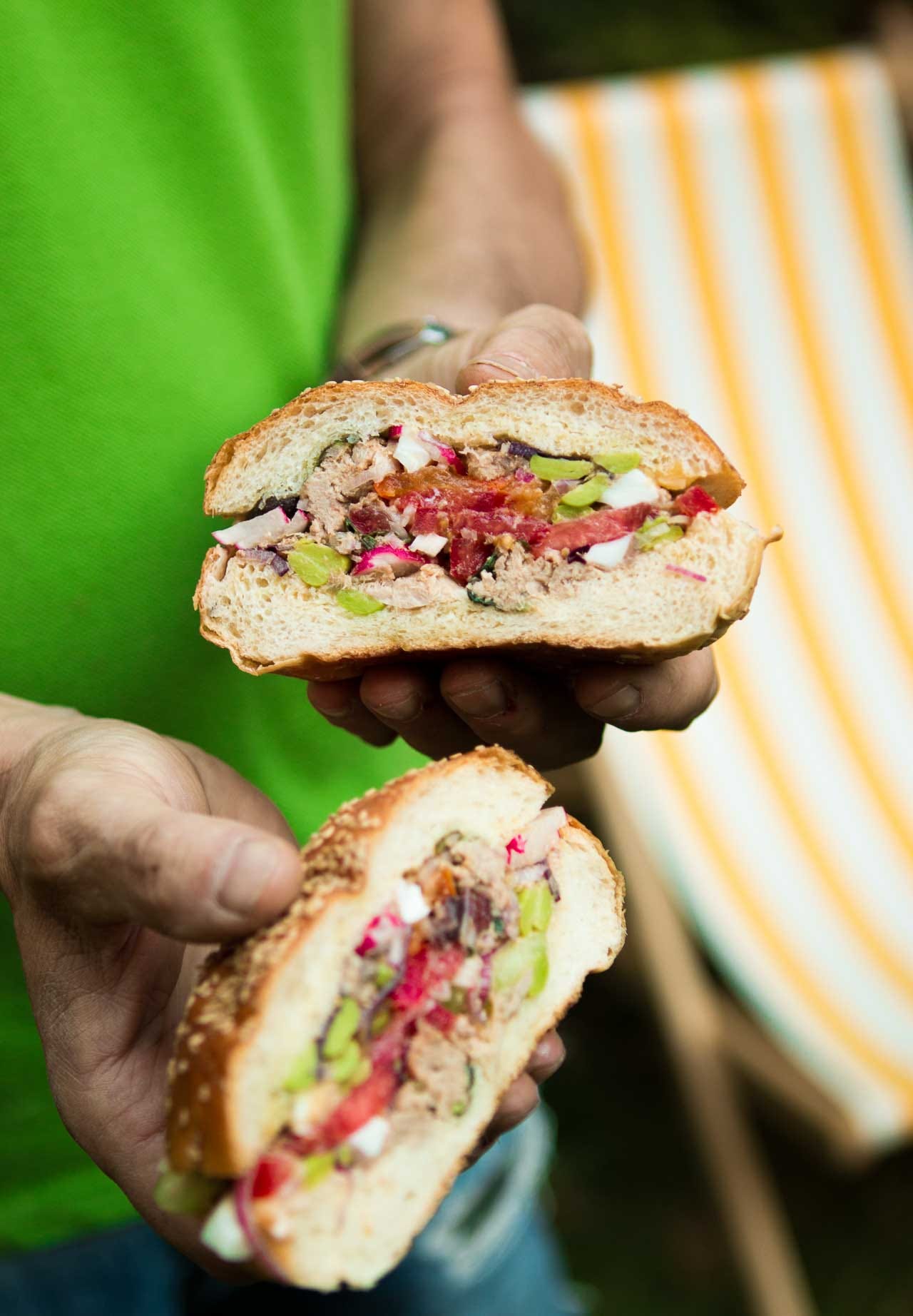


This sounds delicious and fun to eat. I think when we get hung up on authenticity we forget that cookbooks and even history books are written by, y’know, people. So everything we know is filtered through a personal lens. Also let’s just eat sandwiches because sandwiches are beautiful, sandwiches are fine.
Delicious post David 👏🏻👏🏻👏🏻 We are heading to the Côté D’Azur (Nice) in September and I am horrified to see the price of Bouillabaisse! WTH??? I guess I’ll have to eat Salade Niçoise for lunch instead!